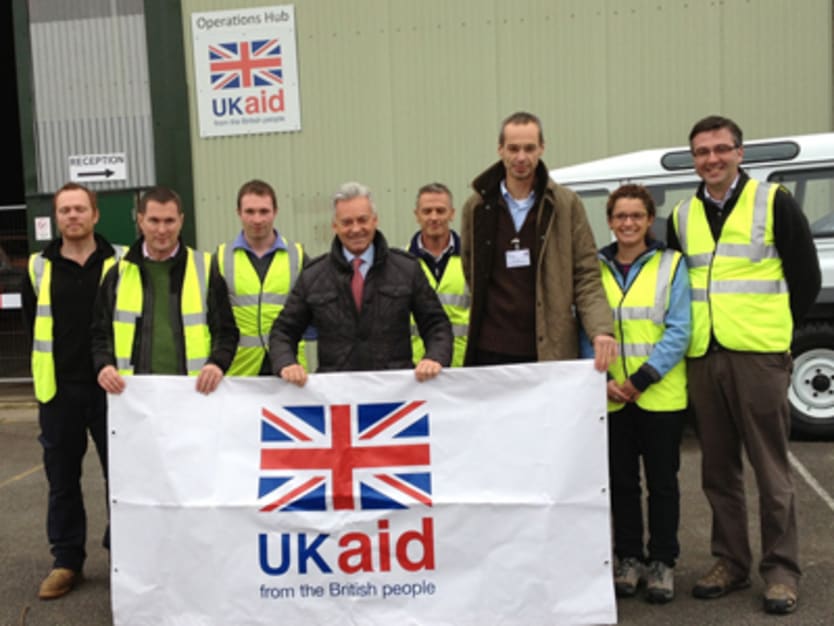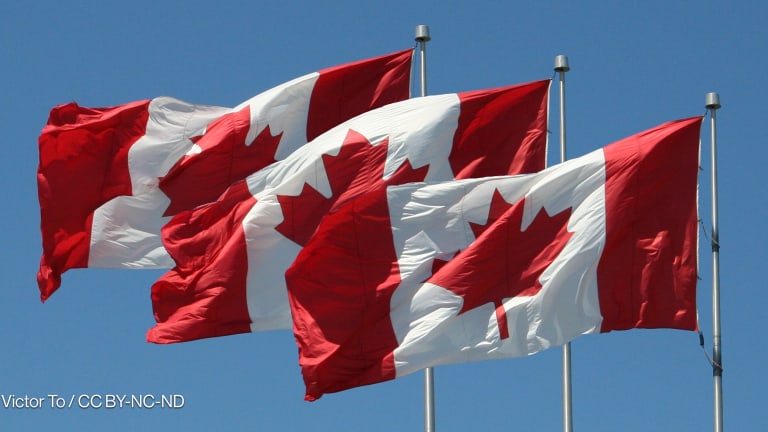
The United Kingdom has made it official: It will no longer provide new grants to India. The donor will instead focus a much-reduced amount of money on technical assistance and private sector engagement.
The move is in line with U.K. Secretary of State for International Development Justine Greening’s push to refocus engagement with India “from aid to trade.” The Department for International Development is expected to release a new strategy reflecting this decision, which takes effect next year.
Before the United Kingdom cuts its aid to India, it’s worth asking: How much U.K. aid did the country receive?
According to latest aid statistics from DfID, the United Kingdom allocated 284 million pounds ($450.9 million) to the Asian country in 2011-12. That’s significant, but not the highest amount the United Kingdom spent that year on any one country.
Ethiopia was the top recipient of U.K. aid for 2011-12, with an allocation of 324 million pounds. India comes second, followed by Bangladesh (219 million pounds). Funding for Ethiopia, however, includes some 57 million pounds in humanitarian aid. That for India and Bangladesh was solely for development assistance.
The DfID report provides other top-line numbers on U.K. aid spending in 2011-12. Total public expenditure totaled 8.95 billion pounds, of which the DfID aid program accounted for 7.68 billion pounds.
Of total DfID spending, 4.2 billion pounds went to bilateral assistance, 3.26 billion pounds were for contributions to multilateral organizations while 220 million pounds covered administration costs.
The top recipient of bilateral aid, by the way, is sub-Saharan Africa, followed by Asia, the Pacific and Europe. Top sectors are health, government and civil society, and education.
On the multilateral front, top recipients of U.K. contributions in 2011-12 were EU development programs (1.22 billion pounds), the World Bank (1.04 billion pounds) and the United Nations (377 million pounds).
Read our previous DevTrivia.








